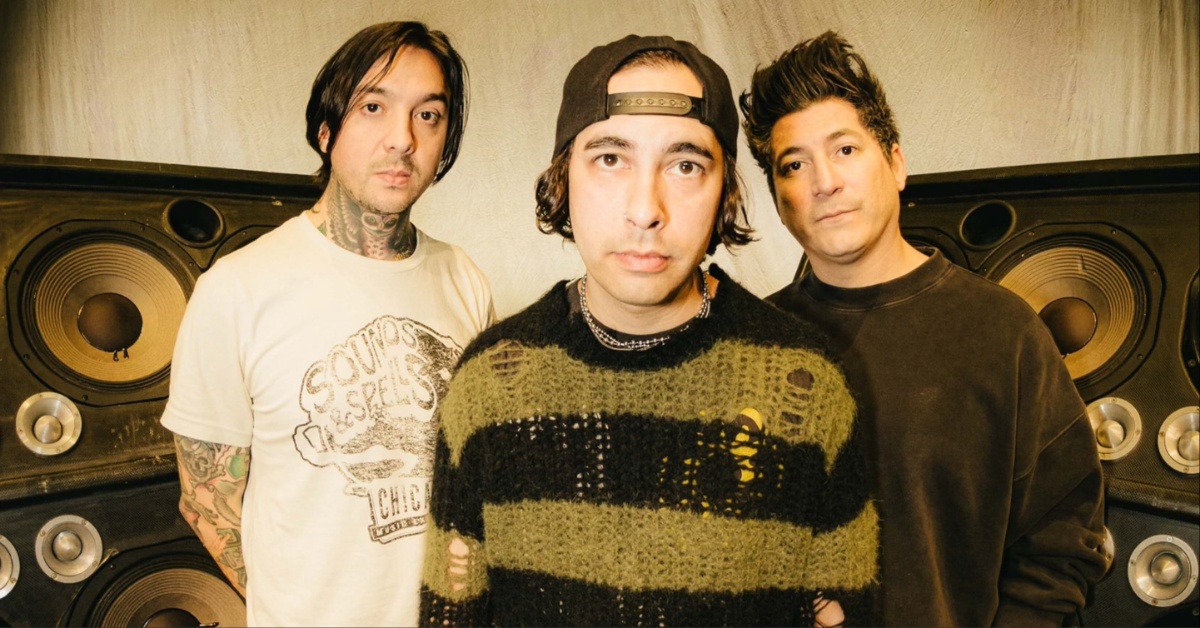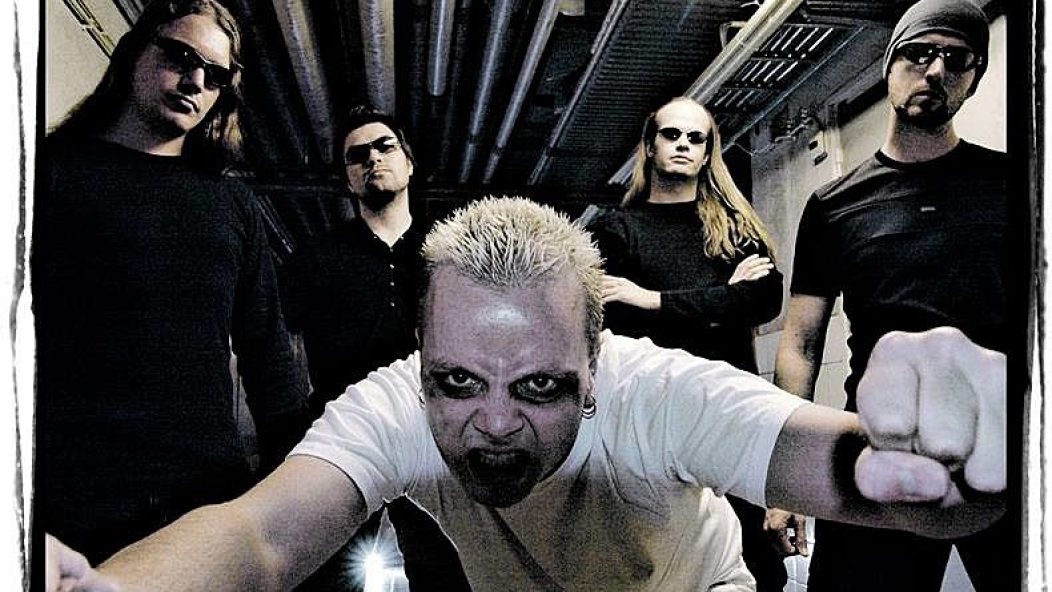
Nine Essential Second-Tier Melodeath Albums
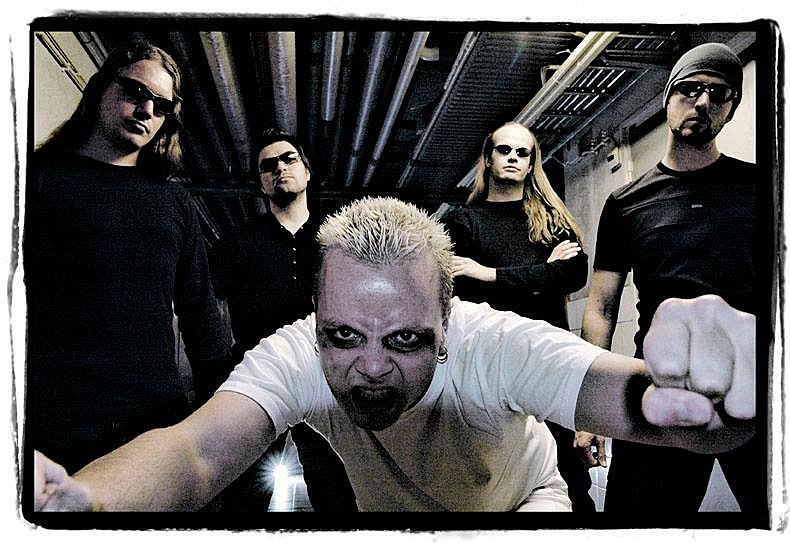
Photo by John Klijnen
…
Metalheads pride themselves on being trend-free, but the truth is, our trends just stick around long enough that they become canon. We don’t let things die.
Proof? Take a look at Omnium Gatherum. Twelve-ish years ago, they were looked upon as late-to-the-party strugglers. But with last month’s Grey Heavens capping a stellar trifecta of recent albums, they’re the underground’s de facto melodeath torchbearers. They stuck to their guns and honed their skills in a genre that—on paper and often in practice—is patently ridiculous, but now they’re bordering on statesmanship. But does anyone care?
If they don’t, maybe they should start. There’s a lot of nostalgia for ’80s thrash, and for good reason. But a lot of current ‘heads cut their teeth on Scandinavia’s belated answer to Bay Area thrash: The oft-maligned Gothenburg sound. And while the genre’s luminaries certainly get their fair share of praise—and scorn, too, as they followed a similar downward creative trajectory as the ’80s gods—melodeath’s tangential talents aren’t treated with the same pop-culture reverence.
It’s totally understandable that Niklas Sundin’s cover art doesn’t stir the same feelings as Ed Repka’s. And the abstract, ESL ramblings of privileged Swedes just doesn’t resonate with Stateside audiences like disenfranchised sociopolitical rage that defined the Reagan years. But is it fair?
Hell no. Second- and third-rate genre schlock deserves to be celebrated, no matter the circumstance. I don’t want to live in a world where we can camp it up to Wehrmacht and Uncle Slam but turn up our noses at Night In Gales sandwiching an album of complete gibberish around a cover of “Black Velvet.”
So, it has come to this: The Least Worst of 2nd and 3rd Tier Melodeath: 1999-2006.
Now, before we go any further, let me be clear: There will be no quibbling about these albums’ relegation to the lower rungs. The first tier belongs to the legacy bands that forged the sound, are still together (in some form), and get paid: In Flames, Soilwork, Dark Tranquillity, The Black Dahlia Murder, and Arch Enemy, as well as elder statesmen Carcass and At the Gates. The acts listed below either couldn’t survive beyond the Gothenburg heyday, or remain relegated beneath a glass ceiling of sorts. Also, these records fall within the not-so-strict parameters of Gothenburg melocheese; something like Yyrkoon’s Occult Medicine won’t make the cut for being too DM, while a stunner such as Neuraxis’ Trilateral Progression gets bounced for being too tech. (Also, proto bands like Eucharist and Grotesque are disqualified because I don’t feel like lending “I hate all that cheesy shit, BUT…” neckbeards any credibility.)
Ready? Let’s get sticky.
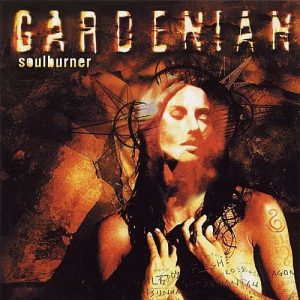
Niclas Engelin is basically the Brutus “The Barber” Beefcake of melodic death metal. Despite a catalog that ranges from middling to outright shitty in terms of workrate and presentation (the first and third Gardenian records, Engel, Passenger, and the non-Jesper Stromblad In Flames albums), dude remains in the game because Anders Friden is his Hulk Hogan.
Soulburner is his program with Mr. Perfect; everyone gets lucky strikes gold at least ONCE. The album starts off strong, but doesn’t exactly destroy worlds. “As a True King” is a burly, stout opener, affirming that some of the cleanest, crunchiest tones in melodeath history would be on display. And “Powertool” is an incredibly catchy track (best enjoyed without a lyric sheet) augmented by paradoxically tasteful guest vocals from Sabrina Khilstrand.
But on third track “Deserted,” the bomb drops: full-blown power metal vocals from Artch’s Eric Hawk. And they stick around for the REST OF THE ALBUM, playing off Jim Kjell’s robust growls with far more potency than should rightly be possible, making it the most unique Gothenburg album ever conceived, and arguably a first-tier contender in terms of both execution and sheer audacity.
Of course, the key Soulburner’s success was purely accidental: Kjell was supposed to handle the clean vocal parts on this album, but his lack of elite skills caused Engelin to bring in Hawk as a last-minute replacement.
Kjell went on to tackle the cleans on their next album, Sindustries, which sucked.
Legacy: See above. Follow-up (and final) album Sindustries has one good song, “Long Snap to Zero,” and otherwise is terrible.
Niklas Sundin Cover Art: Yes
Crucial Cut: “If Tomorrow’s Gone”
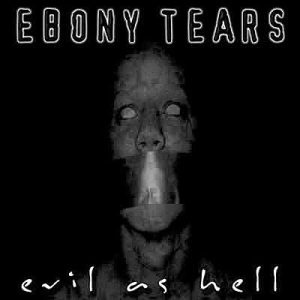
Okay, if we’re talking genre records, the band’s first two outings, Tortua Insomniae and A Handful of Nothing, are better examples. Hell, they’re better by most metrics. But Evil As Hell is a rad little rebranding project, abandoning serpentine compositions and song titles like “When Depression Speaks” and “With Tears in My Eyes” in favor of toughguy chug-groove. If all that sounds terrible, rest assured, it is. But weirdness of combining these buzzsawn, mechanized riffs with genre-standard soloing and rickety-ass production is worth rescuing this failed experiment from the rotbin.
Legacy: Changed name to Dog Faced Gods (like the Testament song from Low), fell off planet.
Niklas Sundin Cover Art: No
Crucial Cut: “Negative Creep” (not a Nirvana cover)
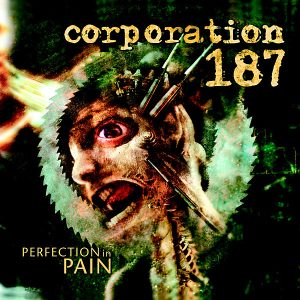
Few bands from this era have aged as poorly as The Haunted. They were gifted a shot at contendership in their heyday due to 1) their At the Gates association, and 2) the general dearth of thrash during that time. While they were never full-blown thrashers, the influence was palpable, and anything approaching hightop ‘n’ aviator nostalgia was celebrated. When the rethrash thing blew up, however, The Haunted’s first few records began to sound a lot like old dudes playing young dude music. Sensing their impending irrelevance, their Peter Dolving-led, four-album chase for “artistic legitimacy” (starting with 2004’s obnoxiously-titled rEVOLVEr) had tons of label and tabloid backing but unfortunately, no one actually gave a shit.
The weirdest thing in The Haunted’s saga (other than the fact that they’re still active)? Fourteen years ago, bargain-bin clone band beat them at their own game.
Corporation 187’s Perfection in Pain is basically Made Me Do It/One Kill Wonder pushed through that Dew Scented/Hatesphere/Carnal Forge carousel. But despite its total lack of originality, it beats all those examples at their own game. Why? Because these guys were hungry and PISSED when they slapped these tracks to tape. About what, exactly? Well, the lyrics aren’t much help: They “hate your paradise,” seem confused about the concept of ghosts, and like get aggro on Thursdays. Basically, they sound like a bunch of raging addicts that somehow tapped into an aptitude for Gothenburg-tinged death/thrash with that impossibly-tight, surgical precision that the scene was known for.
The underdog, throwaway nature of this record is crucial to its charm. Want to stick it to Peter Dolving one more time? Next time you get nostalgic for The Haunted, listen to this collection of originals from a Slayer cover band instead. (Bonus: This album’s existence also serves to remind people that Earache used to have a separate imprint for extreme metal bands before they became a Facebook page that posts links to Metallica news.)
Legacy: Released second album seven years later, was bad, no one cared.
Niklas Sundin Cover Art: Yes
Crucial Cut: “Thursday-Night Aggression”
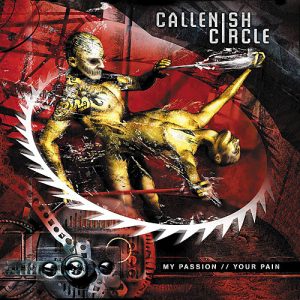
Riffs are important, right? Well, the key to any kinda-good melodeath record lies in the execution of The Melodeath Riff, the string-skipping gallop that forms the foundation of the sound. There’s a reason why it was recycled so often: In the hands of craftsmen, it’s snappy as hell. Few records lent stock riffage as much working-class punch as My Passion//Your Pain.
Some will point to the band’s prior, also-peculiarly-punctuated album Flesh_Power_Dominion as their high watermark, but this is the album where Callenish Circle shook free of the subgenre’s songwriting conventions while still managing to deftly deploy the proper tropes.
Super-intense, and just weird enough to keep them out of boring-ass clone status.
Legacy: Jumped punctuation shark on [Pitch.Black.Effects], added dreaded “electronic elements”.
Niklas Sundin Cover Art: Yes
Crucial Cut: “This Truculent Path”

Okay, this debut is just on here to satiate the MELODIC DEATH METAL IS ACTUALLY ART, GUYS contingent, as it’s basically ground zero for the fuck-boring, slightly-prog wing of the genre. I get that people like this stuff—Kalmah sold records, after all—but alongside similarly-praised acts like Detonation, Mors Principium Est are a little too earnest for their own good. This is expertly crafted melodic death metal that came at that tipping point when melodeath up-and-comers decided that credibility was the ticket to longevity. In 2016, we still don’t know if melodeath has credibility or longevity, but if you’re the kind of ‘head that orders hamburgers and not cheeseburgers, this is the business.
Legacy: Still crossing their arms while wearing black t-shirts when not playing serious melodic death metal.
Niklas Sundin Cover Art: No
Crucial Cut: “Eternity’s Child”
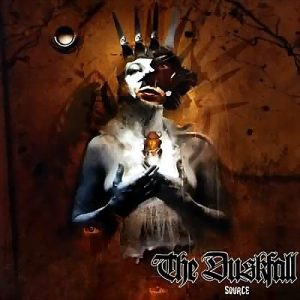
Wish you could have all that bounce-ass chug from Reroute to Remain but ditch all the wedged-in, supergross melodic choruses? Look no further!
The Duskfall’s debut, Frailty, was very solid, but it was the deft catchiness nestled into Source’s best tracks that led people to believe the band was a promising prospect with the potential to fill the void left by storied veterans. Unfortunately, they muffed the punt on 2005’s Lifetime Supply of Guilt and never recovered—Frailty and Source are now sold as a 2-CD value pack, which speaks to the current value of their stock—but Source is, at its best, a gnarly little crossroads record that takes the one-dimensional, high-octane attack that MDM traditionalists craved and melded it with 2003’s hottest trends.
Legacy: Apparently still active; some members are in Helltrain, a band that Bam Margera really likes.
Niklas Sundin Cover Art: No
Crucial Cut: “Source”
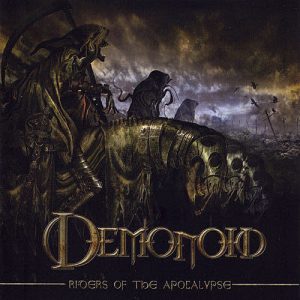
Imagined as some kind of twiddly-twee, wank-heavy version of Bolt Thrower by a bunch of guys from loquacious absurdists Therion, this one-hit-wonder is, well, pretty fucking awesome. The first track—creatively dubbed “Wargods”—shifts from stock-and-trade melodeath to Hail of Bullets battlestomp to Wintersun-esque Nintendoshred all within the span of four minutes. “Firestorms” basically serves as a template for Haiduk’s entire career, “Witchburners” sounds like Gorefest covering Accept, and…it just gets more absurd from there. I like listening to metal because it’s fun. This record is very, very fun. Listen to it.
Legacy: Lack of sophomore album universally attributed to the “Demonoid Phenomenon”.
Niklas Sundin Cover Art: No
Crucial Cut: “Witchburners”
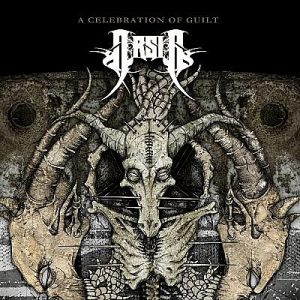
“Wait, Arsis isn’t second tier!”
Well, you could make that argument, conveniently ignoring the fact that the 2016 incarnation of the band is basically a melodeath farm system for guitarists looking to jump to The Black Dahlia Murder (Ryan Knight, Brandon Ellis) or Arch Enemy (Nick Cordle). And you’d also have to overlook the time a happy-handed hired gun (Darren Cesca) used the band’s big-label coming out party, We Are the Nightmare, as a platform to try out for Nile or something.
Arsis is second-tier as fuck.
But in 2004, A Celebration of Guilt was it, man. There had been plenty of suitors vying for the melodic death metal next-big-thing throne. Their bids had been built on lies. That mosh riff that kicks down all the doors ever two minutes and twenty-seven seconds into “The Face of My Innocence”? That shit is the truth.
And the hits just kept coming. The founding duo of Michael Van Dyne and James Malone were basically unstoppable—from pure neckwreckers like “Maddening Disdain,” and “Worship Depraved” to melodic epics like “The Sadistic Motives Behind Bereavement Letters” that were destined to culminate in teenage circle pits, A Celebration of Guilt is one of the heaviest, snappiest, and most unique albums to grace the genre.
Shifting lineups and absurd levels of recyclitude would topple Arsis from Future Gods status, but no one can take away Van Dyne’s to-eleven blasting and Malone’s rewind-button-wrecking riffage here. Hell, even the cutting-room bonus track, “Veil of Mourning Black,” is an absolute burner.
Legacy: Still manage squeak out the occasional banger (“Handbook for the Recently Deceased”) despite perpetually suffering from terrible business decisions. (Not in the least limited to making their mightiest, most fan-requested song, “A Diamond For Disease,” virtually unplayable in the live arena due to its 13-minute runtime.)
Niklas Sundin Cover Art: No
Crucial Cut: “The Face of My Innocence”
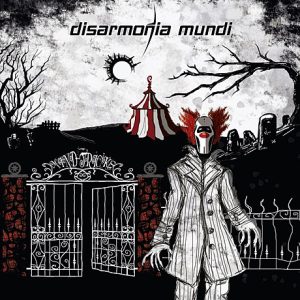
In 2005, Soilwork capped a two-album skid with Stabbing the Drama, widely considered their worst record by fans that cut their teeth on the Wichers/Frenning tradeoffs and breakneck delivery of their early work. Fans wanted to hear Speed Strid go fast again, none more so than the Italian dudes of Disarmonia Mundi, who hired the man himself to sing on their fast-ass melodeath records.
Their first effort, Fragments of D-Generation, sounded like a pro singing over a Soilwork clone’s demo for beer money, but sophomore album Mind Tricks was something of marvel. Despite Soilwork’s staleness, Strid was becoming a masterful vocalist, and hearing him layer complex harmonies atop a band that actually wanted to rip was a godsend for disillusioned fans—especially those without a stomach for Terror 2000’s cheesedickery. Mind Tricks is a great stopgap for Soilwork fans that needed some time to weather the band’s crapstorm before they (kinda) regained their footing on 2010’s The Panic Broadcast.
And that’s what this whole thing is about, right? Filling those gaps that don’t really need to be filled?
Legacy: Reverted back to kid-brother status after Soilwork stopped sucking (as much).
Niclas Sundin Cover Art: No
Crucial Cut: “Resurrection Code”










